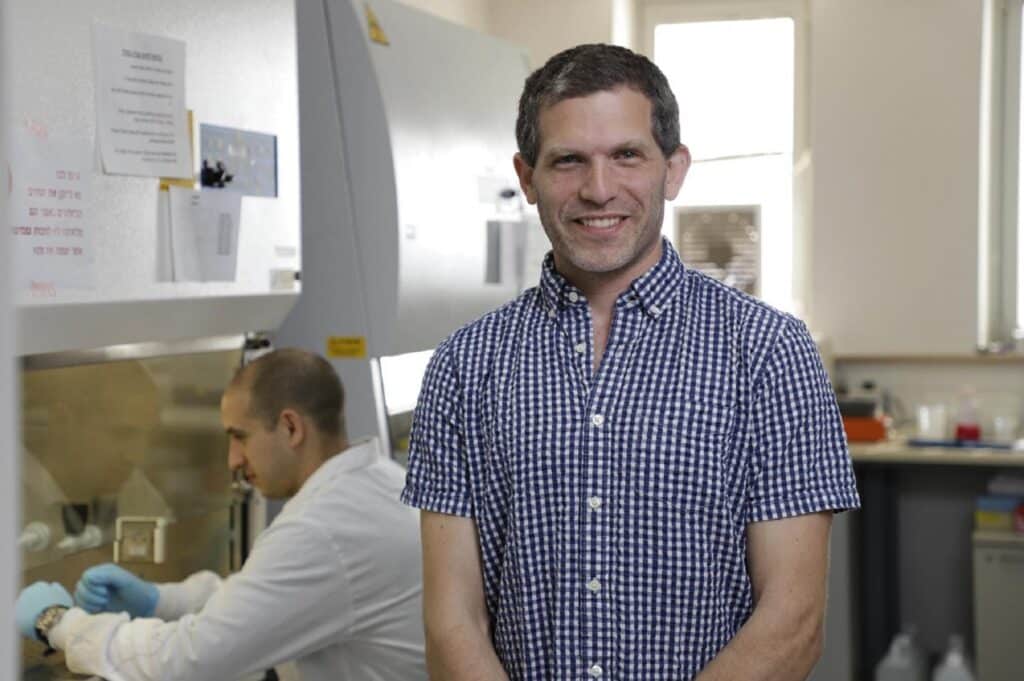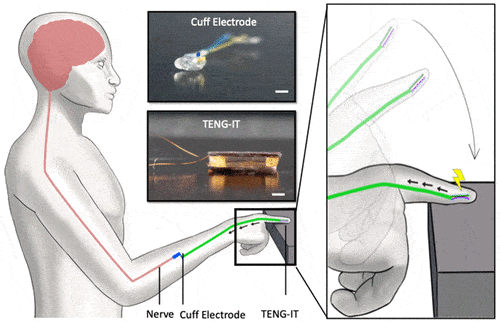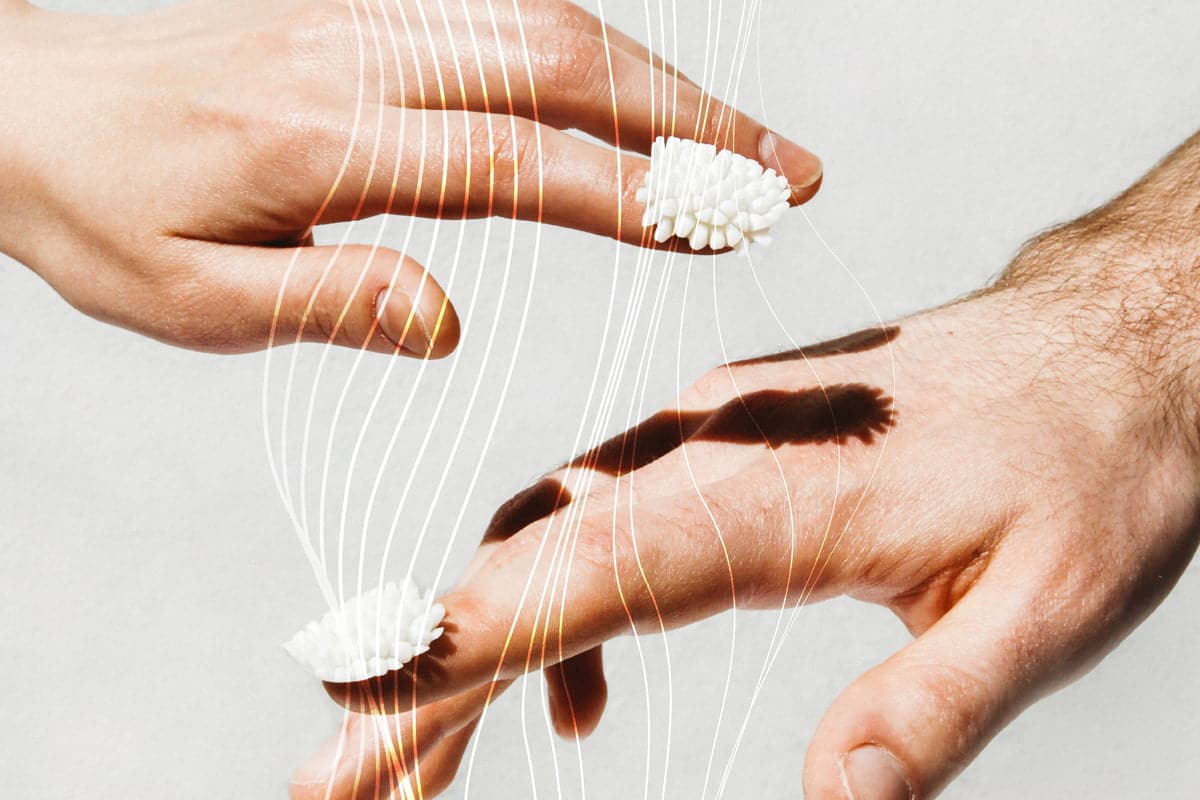Researchers at Tel Aviv University (TAU) have developed technology based on a tiny sensor implanted in the nerve of an injured limb and connected directly to a healthy nerve. Every time the limb touches an object, the sensor is activated and conducts an electrical current to the functioning nerve, which recreates the sensation of touch. The researchers point out that it is a tested and safe technology suitable for the human body and that it could be implanted anywhere inside it once clinical studies are completed.
A "bridge" that restores the sense of touch
The technology was developed under the guidance of a multidisciplinary team of TAU experts: the doctors Ben M. Maoz, Iftach Shlomy, Shay Divald e Yael Leichtmann-Bardoogo of the Department of Biomedical Engineering. Keshet Tadmor of the department of neuroscience. Amir Arami of the Department of Hand Surgery. The study was published in the journal ACS Nano.
This unique project began with a meeting between Dr. Maoz, a biomedical engineer, and Dr. Arami, a surgeon. “We were talking about the challenges we face in our work,” says Dr. Maoz, “and Dr. Arami shared with me the difficulty he has in treating people who have lost touch in one organ or another due to injury.

This loss of sensation in touch can result from a very wide range of injuries. from minor injuries (such as an accidental cut with a knife) to very serious injuries. Although the wound can heal and the injured nerve can be sutured, in many cases the sense of touch remains damaged.
We decided to face this challenge together and find a solution that restores touch to those who have lost it.
Ben Maoz
An exciting technological ride
In recent years, the field of neural prostheses has made enormous developments. Really promising steps forward to improve the lives of those who lose limb sensitivity, with sensors in place of damaged nerves. Despite advances in the recovery of touch, however, existing technology still has a number of significant drawbacks. For example the need for an external power source, such as a battery.
TAU researchers test a cutting-edge technology called triboelectric nanogenerator (TENG). I talked about it about other projects in the past. In this case it is used to design and test a tiny sensor on animal models that restores the sensation of touch. How? through an electric current that comes directly from a healthy nerve and does not require complex implants.
How the sensor that restores touch works

Israeli researchers have developed a sensor that can be implanted on a damaged nerve under the fingertip. The sensor connects to another nerve that is functioning properly and restores some of the sensations of touch to the finger. The device does not require an external power source such as electricity or batteries. It is powered by the force of friction: whenever the device senses friction, it charges.
The device consists of two tiny plates less than half a square centimeter in size. When these plates come into contact with each other, they release an electrical charge which is transmitted to the undamaged nerve. When the injured finger touches something, the touch releases the tension corresponding to the pressure applied to the device (weak tension for a weak touch and strong tension for a strong touch) just like in the normal sense of touch.
The researchers explain that the device can be implanted in any part of the body where the sensation of touch needs to be restored and that it actually bypasses damaged sensory organs. Additionally, the device is made of a biocompatible material that is safe for use in the human body. It requires no maintenance, the installation is simple and the device itself is not visible externally.
Tests in the laboratory
According to Dr. Maoz, after testing the new sensor in the lab (with more than half a million finger touches using the device), the researchers implanted it in the feet of animal models. The animals walked normally, without having suffered damage to the motor nerves, and tests showed that the sensor allowed them to respond to sensory stimuli.
“We tested our device on animals and the results were very encouraging,” concludes Dr. Maoz.
We now want to test the implant on larger models and, in a later stage, implant our sensors in the fingers of people who have lost the ability to perceive touch.
Ben Maoz
Restoring this ability can significantly improve people's functioning and quality of life and, most importantly, protect them from harm. People with no tactile sensations cannot feel if their finger is squeezed, burned or frozen.


